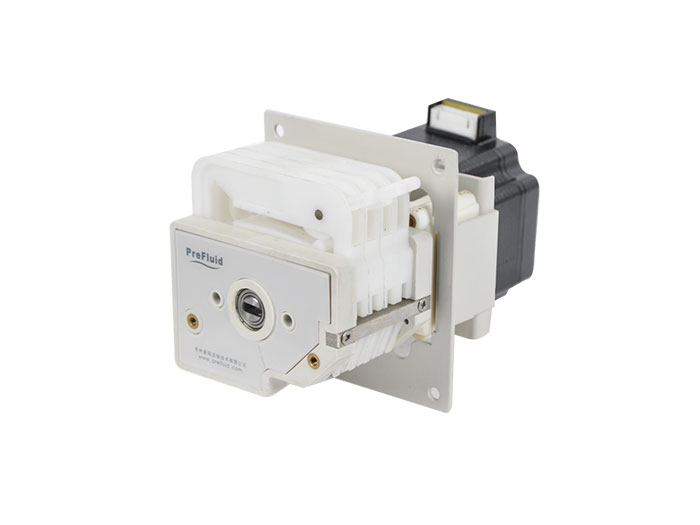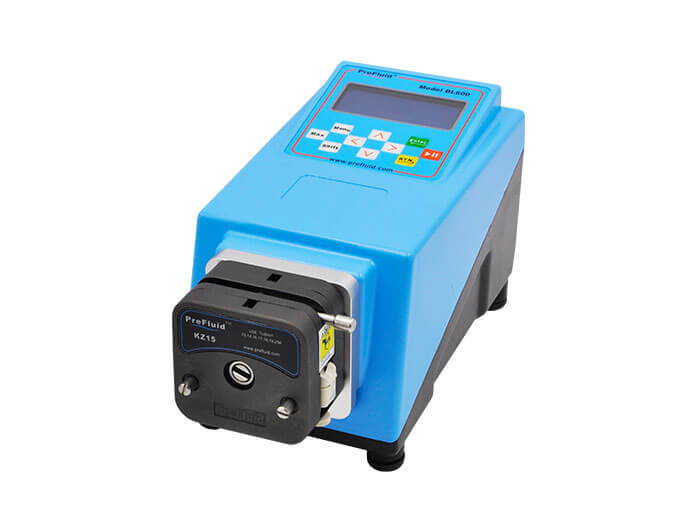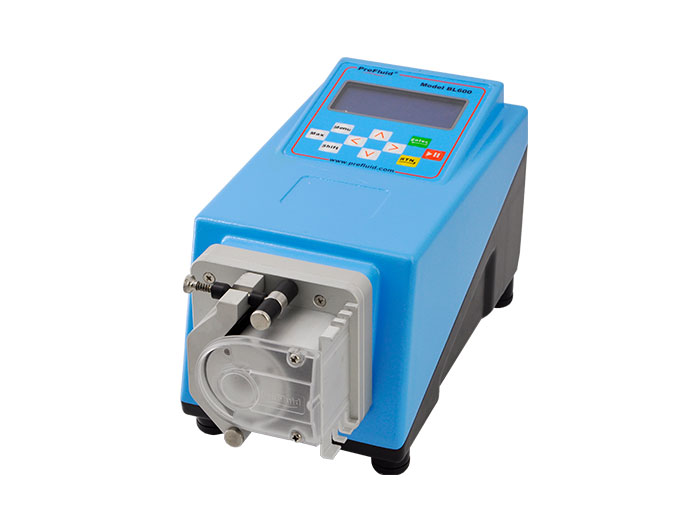Peristaltic pump is a commonly used equipment in fluid transmission, which is often used in the laboratory industry, biopharmaceutical, medical reagents, environmental protection testing and other industries. Some users are using the peristaltic pump for the first time, because there are more peristaltic pump manufacturers on the market, they do not know how to choose the pump, and they do not know the advantages and disadvantages of the pump. Today, Purui Fluid fluid will explain the relevant aspects for you, hoping to help you.
The range of Peristaltic pumps from Pry Fluid is widely used in the laboratory industry, biopharmaceuticals, medical reagents, environmental testing and field applications, making it a great choice for both users and original equipment manufacturers (Oems).
Advantages of peristaltic pump
1, no contamination - liquid only contact pump pipe
2, durable - suitable for a variety of industrial or laboratory conditions
3, easy to clean and clean - just a simple replacement of the pump tube can work again
4, multi-purpose - soft, low shear flow suitable for liquids, gases, two-phase flows and highly viscous fluids
5, low maintenance - no seals, no valves
6, good self-priming function - non-siphon, can dry and self-priming the whole system
Most peristaltic pump systems consist of three components: the pump head, the peristaltic pump tube, and the driver. To simplify ordering, we offer a range of complete pump systems pre-shipped from the factory to meet different needs. Users can order the entire system with just one model. Of course, you can also choose the pump head, pump tube and drive separately.
Principle of peristaltic pump selection
First, select the tube
1, as the pump hose conditions
It has certain elasticity, that is, the hose can quickly recover its shape after radial pressure
It has certain wear resistance
Have some ability to work under pressure
No leakage (good air tightness)
Low adsorption, good temperature resistance, not easy to age, no swelling, corrosion resistance, low precipitates
2. Hose parameters
Hose specifications to the inner diameter, wall thickness as the main parameters, different manufacturers have different ways of expression;
3. Hose material
Silicone rubber, rubber, plastic, synthetic materials, etc., different materials have different properties and different uses.
4, the selection of hose should consider the following factors
Chemical resistance/chemical compatibility
When transferring different fluids, the hose should show certain excellent chemical properties, which is called chemical compatibility. Such as: low adsorption, good temperature resistance, not easy to age, no swelling, corrosion resistance, low precipitates
Chemical corrosion resistance decreases with the increase of temperature, and chemicals that have no effect on the pipe at room temperature may affect the hose with the increase of temperature.
5. Pressure
The application of the pump is limited by the pressure bearing performance of the hose.
If the system pressure exceeds the limit pressure of the hose, the hose will expand, resulting in excessive hose wear or hose rupture.
The factors that affect the pressure of the hose are: material, diameter and wall thickness ratio.
6. Temperature
The hose ADAPTS to the operating temperature range is a factor to be considered by the user. Different materials have different temperature behavior.
7. Size
Hose size has a direct impact on the flow rate, and good pump design takes into account the inner diameter and wall thickness of the applicable hose, matching the hose size or tube number range. The inner diameter of the hose determines the flow rate; The wall thickness affects the ability of the hose to be compressed and rebound, and also has a great impact on the life of the hose.
8. Certification
The hose may be subject to the relevant certification when used for the relevant purpose. Such as the United States Pharmacopeia standard USP, European Pharmacopeia standard EP, the United States Food and Drug Administration standard FDA, the United States Department of Agriculture standard USDA and the National Health Foundation standard NSF.
9, flexible/elastic/life of the hose
Different hoses have different ability to resist roller repeated extrusion and friction. Different pipe types, tubes, pump heads, and operating speeds have different life spans. The service life is called the flexible life in the pump system, and the characteristics of the pump are very consistent in the specific application. Choose a long life, thick wall pipe, choose a large flow pump, running at a lower speed can obtain a longer hose life.
Second, select the pump head
Select single or multi-channel fluid transfer
Easy to replace hose
Ease of securing hoses
The pressure pipe clearance is fine-tuned by ratchet to accommodate hoses with different wall thicknesses
Roller selection: The number of rollers is different, and the relative flow rate and fluid pulsation amplitude are different
Whether the trigger structure is dexterous, whether it is convenient to open the card
3. Select the drive
Whether to perform flow control
Whether traffic can be allocated
How much flow
Class of protection
In addition, peristaltic pump manufacturers recommend to check whether the overall structure is reasonable


